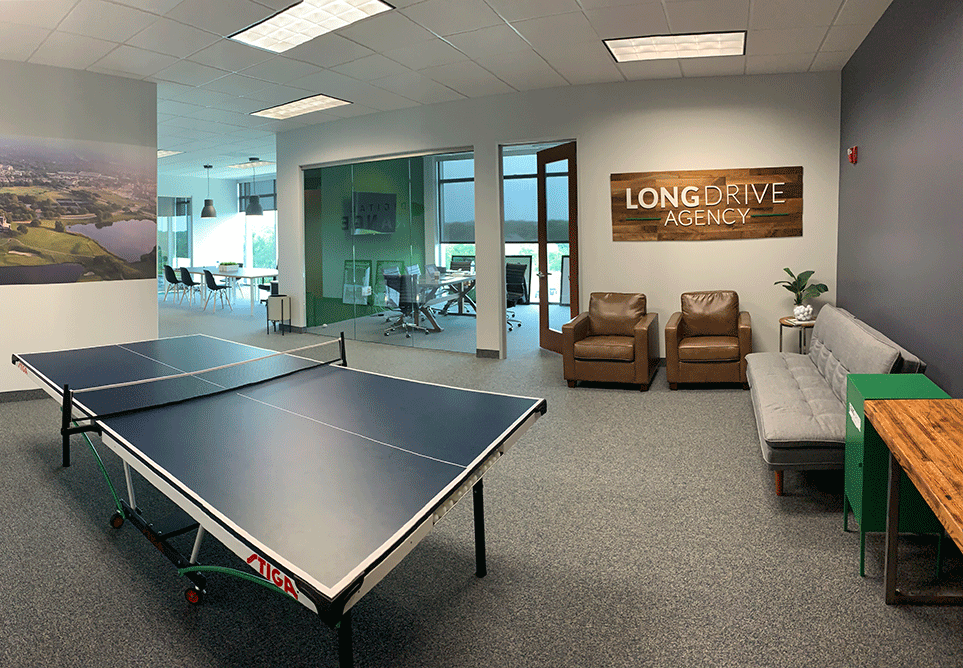ADA Compliance for Golf Course Websites
UPDATED – 11/28/2018
Our agency has partnered with UserWay, a technology company that provides widgets that can be placed on most websites that will make the site meet ADA Compliance standards. This allows us to provide ADA Compliance for Golf Course Websites we provide for our clients.
“UserWay makes available an accessibility the UserWay Accessibility Widget that is powered by a dedicated accessibility server. The software allows the site to improve its compliance with the Web Content Accessibility Guidelines (WCAG 2.0).”
More information can be found on their website – https://userway.org
Original Post
While walking out of the office one afternoon earlier this week, I received a call from an industry contact of mine who works for a large golf management company.
The conversation went something like this…
– Contact: “Hey Blake, I’ve got a question. The websites your company builds… are they ADA compliant? We’ve heard of some golf courses being targeted with lawsuits due to the fact their website is not ADA compliant…”
– Me: “Uhhhhh… Let me check into that and get back to you!” ????
To be 100% honest, I wasn’t sure if our websites did meet ADA standards or not. Not knowing the answer to this consumed my evening and I spent the rest of the night and the next morning diving deeper into this topic.
ADA compliance was something I have heard about a handful of times and read a few blogs about but it’s not something our agencies web development team really takes into factor when building out websites for our clients… at least until now!
What Does ADA Compliance Mean?
“ADA is short for the Americans with Disabilities Act, which became law in 1990. It prohibits discrimination against individuals with disabilities in all areas of public life. The ADA, at least for Title III (private sector businesses), only applies to companies that employ 15 or more persons.”
“In January 2018, some new federal regulations will take effect. All federal institutions’ websites must meet AA compliance on all items in WCAG 2.0 by this time. We’ll get into what that means a little later.”
Source: https://hackernoon.com/ada-compliance-lawsuits-and-your-web-presence-797ef03cdef2
This topic is all the sudden becoming a bigger deal because the legal precedent is changing. And believe it or not, there are lawyers out there that are actively looking for a quick payday and seeking out golf courses and operators that do not meet ADA compliance standards and are suing them… and they’re winning!
What Types Of Businesses Need To Be Compliant?
This is certainly a bit of a gray area right now but from what I gathered, it’s any business considered a “public accommodation” and that employ 15 plus people (which are most golf properties).
Depending on how you interpret “Public accommodation”, I believe this would refer to B2C, retail, or any business the general public should be able to use, understand and access easily.
How Can You Make Your Golf Course Website ADA Compliant?
Simple! Just follow the set of 61 guidelines provided by WCAG 2.0
Chances are, your current website already meets a good handful of these requirements. And again, since it’s such a gray area right now and there are no official set of rules, there are only best practices and suggestions to go on.
There are three different levels of compliance – A, AA, or AAA. So at a minimum, you want to achieve an A level of compliance. According to the WCAG guidelines, this includes things such as:
- Guideline
- 1.1 Text Alternatives: Provide text alternatives for any non-text content (images) so that it can be changed into other forms people need, such as large print, braille, speech, symbols or simpler language.
- 1.2 Time-based Media: Provide alternatives for time-based media.
- 1.3 Adaptable: Create content that can be presented in different ways (for example simpler layout) without losing information or structure.
- 1.4 Distinguishable: Make it easier for users to see and hear content including separating foreground from background.
- 2.1 Keyboard Accessible: Make all functionality available from a keyboard.
- 2.2 Enough Time: Provide users enough time to read and use the content.
- 2.3 Seizures: Don’t design content in a way that is known to cause seizures.
- 2.4 Navigable: Provide ways to help users navigate, find content, and determine where they are.
Bottom line, this is certainly something worth looking into and devising a plan on how to make sure your website meets the minimum standards. I’ve linked a handful of resources below that give more in-depth information about this topic.
While I am certainly no expert in this ADA compliance, I do have a solid understanding of how to look at a website and know the initial steps that can be taken to bring it up to standards so feel free to reach out via our live chat widget at the bottom right of this page if you have any questions at all!
HELPFUL LINKS:
- WAVE is a good start, but can produce a lot of false positives
- Search Engine Journal posted up a very informative article
- Lighthouse can help generate a report on potential issues












